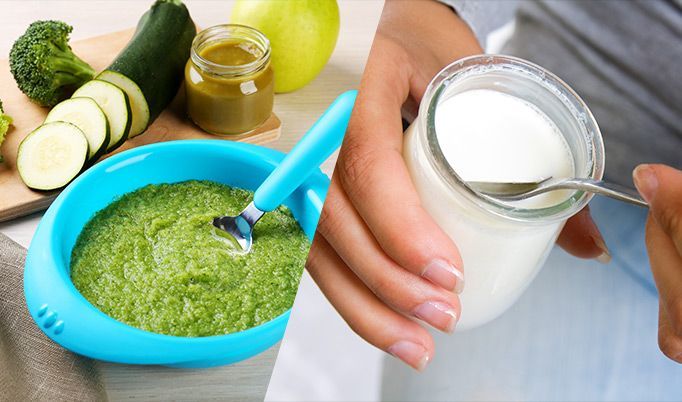Understand the difference between sterilization and pasteurization

Sterilization and pasteurization
Depending on the desired storage method, at ambiant or refrigerated temperature, the level of treatment of the product should be set, allowing the manufacturer to opt for sterilisation or pasteurisation. Sterilization (or appertization, from its inventor Nicolas Appert) is a preservation process that consists in sterilizing perishable foodstuffs such as vegetables, fruits or meat in airtight containers (such as : metal cans, glass jars…). Sterilization is intended to destroy all germs and particularly pathogenic bacteria in their vegetative and sporulated form. The temperature during the stop in this case is higher than 100°C. Sterilization therefore makes it possible to stabilize the product at room temperature permanently and to obtain a long shelf life (from a few months to a few years depending on the product). These products are therefore marked with an indication « best before ». Some examples of sterilized products are: canned fish, babyfood in jars, canned or jarred vegetables, sauces in pouches, bottled milks, pet food in pouches, in trays, babyfood in pouches).
Pasteurization, for its part, is a treatment designed to improve the food microbiological quality. It reduces the microbial load and thus increases the shelf life of the product. This type of treatment preserves the food because it does not modify (or only slightly) the organoleptic characteristics of the product. The moderate heat treatment of pasteurization allows the destruction of pathogenic microorganisms present in their vegetative form, and a large number of spoilage microorganisms. The applied temperature is generally less than 100°C. All germs present are not eliminated, so the pasteurization stage must be followed by a rapid cooling. The conservation of pasteurized products is potentially short because the product has a temporary stabilization. In order to limit the development of microorganisms still present, storage is carried out in positive cold (+4 °C). Some examples of pasteurized products are : ready-made meals in trays, vegetable in trays, vacuum-packed roasted meat in pouches, sauces in pouches, vegetable soups in jars…
